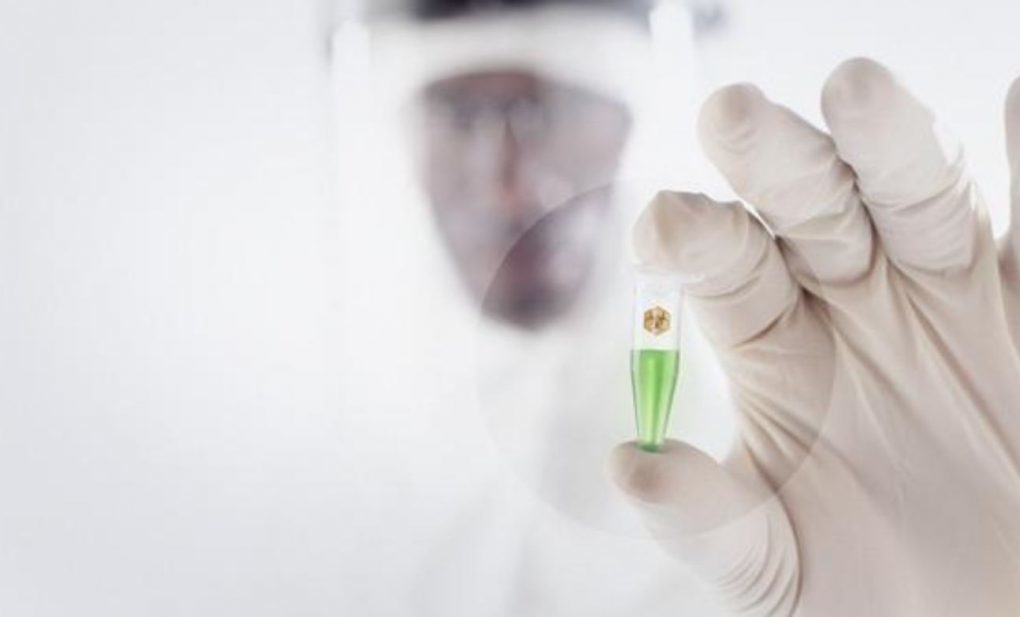Now, scientists in California have published research concerning enabling the human-to-human transmission of the bird flu virus H7N9. This virus strain is of concern to scientists as it has already infected 1500 people and killed 40% of them. H7N9 has not been known, however, to spread easily from human contact.The NPR article quotes Paulsen as stating he wants next to test the mutated strain on ferrets.
The article explaining the three genetic changes which need to be made to transform H7N9 into a virtual pandemic agent was published on June 15, 2017 in the journal PLOS Pathogens.
According to Scripps biologist Jim Paulsen, as quoted in an NPR article, "As scientists we're interested in how the virus works.... We're trying to just understand the virus so that we can be prepared."
Reuters reported on a number of scientists who were enthusiastic about the Scripps findings. Reuters quoted immunology expert Fiona Culley, who stated that "This study will help us to monitor the risk posed by bird flu in a more informed way, and increasing our knowledge of which changes in bird flu viruses could be potentially dangerous will be very useful in surveillance."Not all the scientists interviewed were happy about the research. When posed with the question of scientists making the genetic changes in the actual H7N9 virus, David Relman, a Stanford professor of microbiology and immunology, was quoted by NPR as stating, "I would be very hesitant, were they to want to do that. In fact, I would be reluctant to have them do that."
Reuters also quoted virologist Wendy Barclay. "These studies keep H7N9 virus high on the list of viruses we should be concerned about," she said. "The more people infected, the higher the chance that the lethal combination of mutations could occur."
What are the chances that this research may be used for nefarious purposes?
Since 2001, the US government has poured over $100 billion dollars into what was initially called "Biodefense" but has euphemistically been renamed "Health Security." Many of these programs are dual-use; that is to say the research can be used for either protection or weaponization. Scientists argue that it is necessary to first create the weapon (in this case a pandemic agent) in order to research the cure.
Comment: Well, that is disingenuous. The intent is clearly to weaponize the virus. The creation of a cure is then only necessary to make sure the right people don't die from it.
However, the US's record of straightforwardness surrounding her "Biodefense" or "Health Security" programs has been abysmal. The limp-wristed investigation into the anthrax mailings of 2001, in which federal investigators neglected or refused to consider any lab but Fort Detrick as the locus for mailing the anthrax spores — which killed five and sickened over a dozen — resulted in the probable culprit at US Army's Dugway Proving Ground getting a "Get out of Jail Free" card.
It was less than two years ago when Dugway was caught sending live anthrax through the mail to labs, worldwide. Initially, it was thought that nine labs received the live anthrax. The number soon expanded and it was ultimately admitted that 575 separate shipments of live anthrax had gone out in the span of a decade.
The official excuse, "We didn't know our deactivating equipment wasn't working!" was suspect, given numerous earlier reports that the equipment was faulty.
It has also come to light that the US has been leading the UN around by its virtual nose and providing false information both to the Biological Weapons Convention and also to the 1540 Committee concerning its "Biodefense" programs.
The reality is that the sort of research that delves into how to make H7N9 spread easily and efficiently among humans is the kind of research that should raise substantial alarm. According to sources in the US government, the moratorium on publishing this type of research is soon to be lifted. Shortly, anyone with two specimen vials to rub together may very well be able to surf the Web and learn how to create a worldwide plague. And in our current technocracy, with its worship of science as an inherent good, there just doesn't seem to be much concern about this.
In 1998, Secretary of State Madeleine Albright said,"Iraq is a long way from [America], but what happens there matters a great deal here. For the risk that the leaders of a rogue state will use nuclear, chemical or biological weapons against us or our allies is the greatest security threat we face. And it is a threat against which we must and will stand firm."
Comment: Unfortunately the greatest security threat we face is the US, so keen to attack their perceived enemies with whichever weapons of mass destruction they can get away with. And again unfortunately, psychopaths like these suffer from wishful thinking and believe they would be immune from the effects of these sorts of weapons.
We never found those weapons in Iraq. In our zeal to protect ourselves from bogeymen and "rogue states," we may well have become the very threat that we feared.




Whatever these defense for this criminality, it is void by the needs of the people for basic everyday survival, and which isn't being fulfilled. These corporations that sucked up this money are the very kind of leaches that are destroying the United States. How is it that this can happen?
How is it that by way of semantics the people responsible for allocation of resources can be scammed out of 100 billion dollars? A hundred billion dollars? Yet again, the big crime is smoking pot huh? What a farce. I'd like to see the people responsible for this face a public firing squad. This is an outrage.